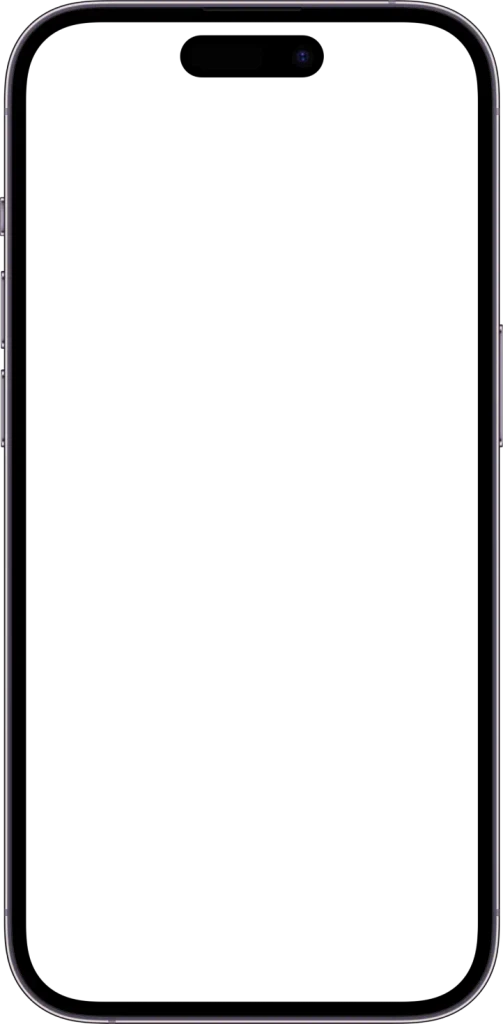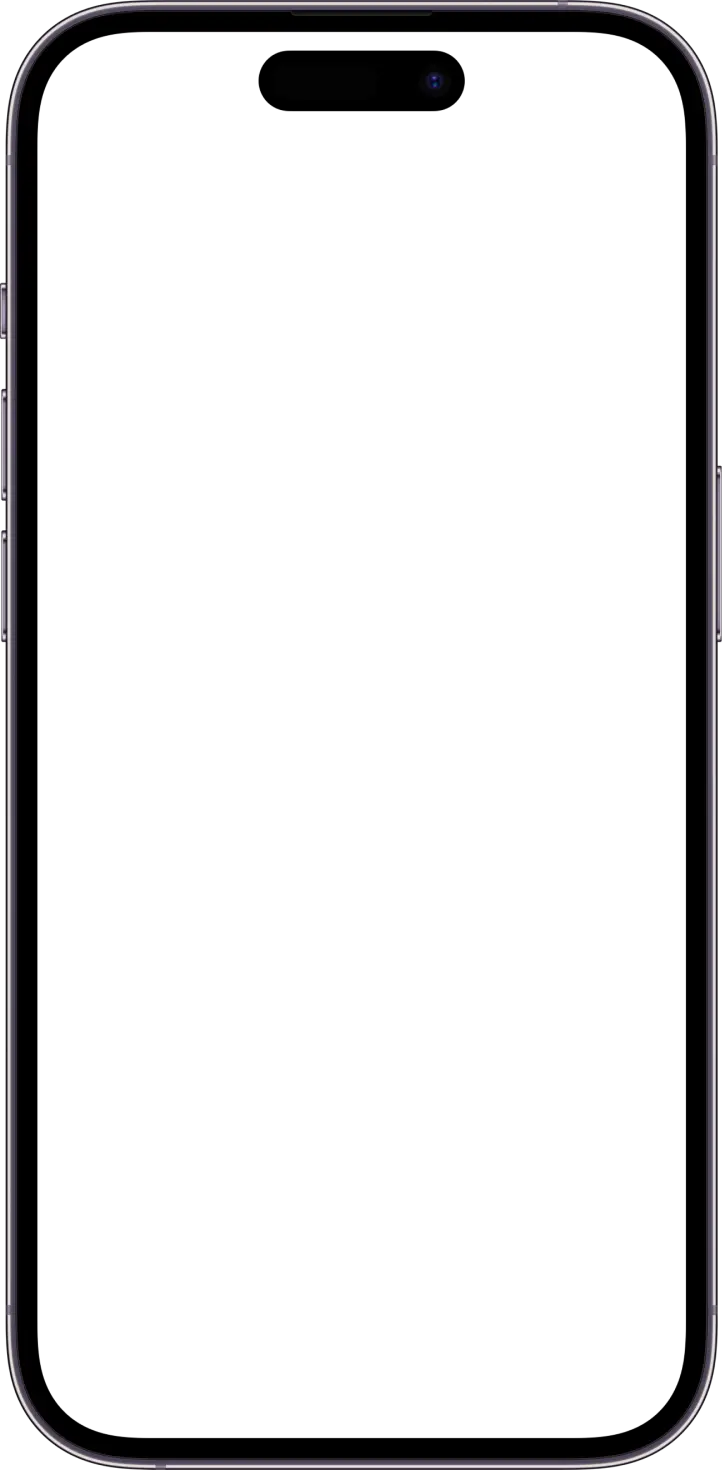INTRODUCTION
Overview
Traditional paper khatas , Messy, and a headache to manage. No payment reminders, no easy way to track Customers udhar. Lost in the chaos. Small business owners needed something better—fast
I built a digital khata app—clean, simple, and packed with features. Automated reminders, udhar calculations , and customer Udhar tracking, all in one place. No more paper, no more stress. Just a smooth, mobile solution that works as hard as they do.
Role
UX Designer & Researcher
Project Timeline
2 months
Target Users
Shop keepers
Problem Statement
Shopkeepers rely on Traditional khata to maintain customer Udhar . Which lack an efficient system to manage customer udhar, leading to difficulties in
• Calculating udhar ,time taken
• Sending timing reminders to customer
• Tracking Long overdue udhar customer
• Tracking over-limit Udhar customers
Research
Research Type
Qualitative field research
Target Users
Shopkeeper
Research timeline
One week
Location
Islamabad ,Pk
This study aims to understand the traditional khata bookkeeping process followed by shopkeepers.
A qualitative research methodology was employed, where data was collected through interview with shopkeeper and by spending three days in local shop to observe the actual process of how the khata is written and maintained.
Pain point
• Shopkeepers find it hard to track and manage customer udhar efficiently.
Calculating udhar on the spot is time-consuming , especially during busy hours.
Sending timely reminders is difficult, as they rely on manual tracking, leading to delayed payments
Identifying customers with long-overdue udhar requires extra effort.
Identifying customers with over-limit udhar requires extra effort , because shopkeeper havn't time to calculate the total Udhar at each purchase (Udhar) or Payment (Wasool)
Storyboarding
Arif wakes up at 6 AM, opened his kirana store.
As the morning rush begins, Mrs. Khan walks in, asking for her usual groceries. “Arif bhai, can you add this to my udhar?” she asks with a smile. Arif nods, pulling out his worn-out ledger. He flips through pages, trying to find her name among the dozens of entries. It takes him a few minutes.
Mr. Siddiqui, a regular customer, walks in and asks, “Arif bhai, can you calcualte my Udhar?” Arif flips through his ledger, squinting at the messy handwriting. “Let me check,” he says, but with the heavy customer rush, it takes time to calculate Mr. Siddiqui’s udhar. Can you come tomorrow, or can you wait for a while? Because there is a lot of customer rush.
He flips through the ledger, trying to organize the entries, but it’s a mess. Some customers have exceeded their udhar limits, and he’s not sure how to handle it. “I can’t keep losing money like this,” he mutters to himself.
In the evening, post shutting down his store, Arif pours over his accounts book in the faint light. He is plagued by the mounting overdue bills. “I wish there was a simpler method to monitor all this,” he contemplates, massaging his weary eyes.
Arif persona
Pain point
Time-Consuming Record-Keeping –
Searching through a physical ledger takes too much time, especially during busy hours.
Customer Service Delays –
During peak hours, calculating udhar slows down service, causing frustration for both Arif and his customers.
Difficulty in Tracking Pending Payments –
Arif struggles to identify overdue payments and lacks a clear way to remind customers.
Financial Uncertainty –
Without proper tracking, Arif risks losing money.
End-of-Day Fatigue –
After a long day, manually managing records adds to his exhaustion, making it harder to focus on growing his business.
Lack of Payment Control
Some customers take too much udhar, and Arif doesn’t have a system to set limits or reminders.
Goal
Fast & Easy Udhar Management
Quickly find customer records and calculate pending amounts.
Organized & Clear Record-Keeping
Have a structured way to manage credit transactions.
Better Customer Service
Reduce wait times and improve the buying experience.
Efficient Payment Tracking
Know exactly who owes how much and for how long.
Reduce Financial Risk
Prevent excessive udhar and ensure timely repayments.
Save Time & Energy
Automate calculations to reduce stress after store hours.
Increase Business Growth
Spend less time on manual work and more on running the shop.
Feature Ideas
Quick Customer Tracking by Payment Status
Easily identify customers based on their Udhar Status (e.g., paid, pending, or overdue) for faster decision-making and follow-ups.
Instant Customer Search
Quickly find customer records by searching their name , saving time during busy hours.
Automated Udhar Calculations
The app automatically calculates pending amounts (udhar) for each customer, eliminating manual errors and speeding up transactions during peak hours.
Automated Payment Reminders
Send timely reminders to customers for overdue payments via SMS or WhatsApp, ensuring timely repayments and reducing financial risk.
Customizable Udhar Limits
Set personalized credit limits for each customer to prevent excessive udhar and maintain better control over finances.
Comprehensive Customer History & Insights
Maintain a Udhar history for each customer, providing valuable insights to help Arif make informed business decisions.
Quick Customer Addition
Shopkeepers can easily add new customers to their khata by entering their name and phone number. They can also import customers directly from their phone contacts for added convenience.
DESIGN
Wireframe
Some features. I knew exactly how they should look. I started wireframing right away.
Others? No clue.
So, I made some assumptions, and pieced it together. Now, the initial wireframing is done— Not perfect, but a solid start!
For the unclear features, I went back to the shopkeeper and had them review the initial wireframes.
High Fedility Design
During research, I observed that Khata operates on a monthly basis. To streamline this, I implemented two tab—automatically moving users to the "Wasool nhi hua" list once they reach the time limit ( Usually 30 days) .
Customer type 01
Ammar who has fully paid their previous month's khata.
Customer type 02
A Kamran who has borrowed more than the allowed limit (e.g., Rs. 10,000) within a month has exceeded the credit limit.
Customer type 03
Awais who has not yet paid their pending khata from 30 days
Customer type 04
A Zain who has not clear pending khata and has also exceeded the udhar limit.
During my research, I take some pictures of Khata book where I noticed that shopkeepers follow the DD/MM/YY date pattern. So, I implemented the same pattern in the design.
We encourage shopkeepers to organize their khata and ensure customers clear their Khata by the 1st of each month. To support this, we set the default due date to the 1st of the next month.
Also Shopkeepers have two options for sending the total Bayka bill
WhatsApp &
SMS
How the Bayka Bill Message (Reminder) Work
Once the due time ends (usually 30 days ),
The Bayka bill (Reminder) message is automatically sent to the customer via the selected option (WhatsApp or SMS).
During participant observation AND After talking to the shopkeeper. I understand that shopkeepers have limited time. Instead of adding item-wise details, they prefer to directly enter the total purchase amount into the customer's khata.
Also auto-selects today’s date by default, allowing shopkeepers to enter Udhar more efficiently.
User flow of Adding the Payment in customer khata
User flow of Adding the customer. You can add the customer from your contacts or also add the new customer .
How the customer get Notification
Customer have two options they can get Notification through whatsApp and SMS message
How I make the Clean Design ?
Define UI components (buttons, cards , list etc ).
Design scalable components with variants to handle different states.
Align with iOS Human Interface Guidelines for platform consistency.
PROTOTYPE
Mid Fedility prototype
Focus on core user flows instead of making everything interactive.
Use dummy content where real data isn’t necessary.
Avoid overloading with unnecessary interactions.
Design Metrics
We can monitor the following KPIs that will indicate the success of this solution
User Adoption
* Number of users actively using digital khata.
Engagement Rate
Frequency of app opens per user to record transactions or check balances.
Number of transactions recorded per user daily, weekly, or monthly.
Retention
Percentage of users returning to the app within 7, 30, or 90 days.
Customer Satisfaction
Net Promoter Score (NPS) indicating likelihood of users recommending the app.
App store ratings and reviews reflecting user satisfaction.
Monetization (if applicable)
Conversion rate of free users upgrading to premium features.
Average revenue per user (ARPU) from subscriptions or in-app purchases.
Learning
User-Centered Design
Spending time with shopkeeper and observing their workflows highlighted the importance of designing with the user in mind. I learn how to do effective research.
IOS Guidelines
I spent time learning iOS guidelines and implemented some of them in the design.





































